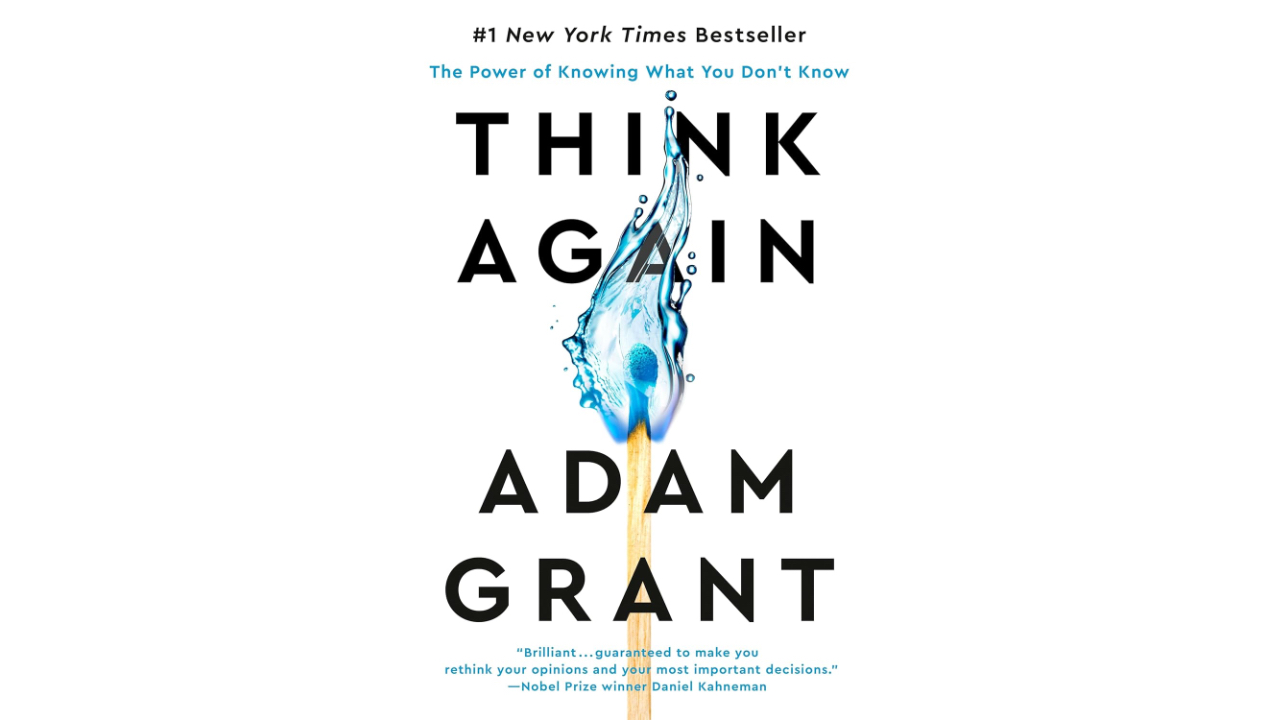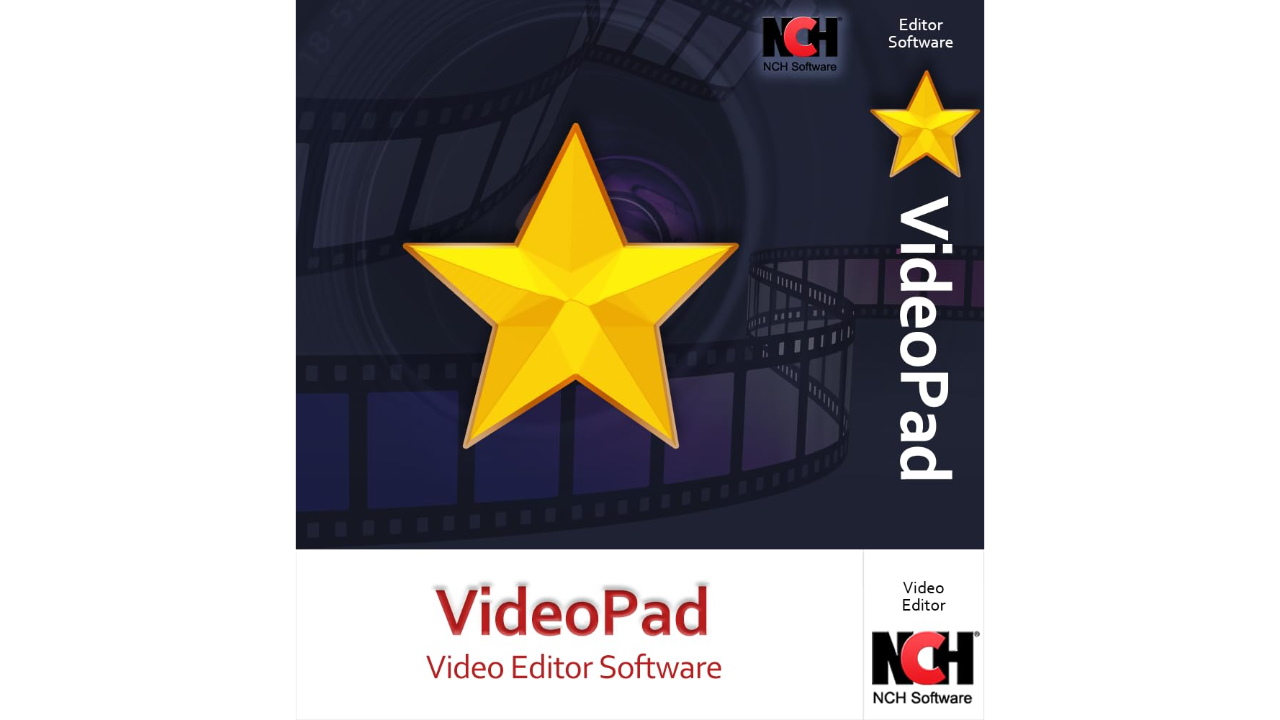Think Again Review: Insights into Rethinking and Unlearning
Think Again examines the power of rethinking and unlearning to stay curious and adaptable. In Think Again, organizational psychologist Adam Grant invites us to swap the comfort of conviction for the discomfort of doubt, an exchange that can yield fresh ideas, better decisions, and, yes, a little humility along the way. If you’ve ever noticed your beliefs growing as brittle as old bread, this #1 New York Times bestseller offers a practical blueprint for cracking them open, and baking something more resilient.
Highlights
Switching Gears: The Anatomy of a Rethinking Mind
Grant’s core thesis is that thinking again requires three distinct mindsets. In the first section, approximately 100 pages long, or one-third of the book, he dissects our tendency to adopt the roles of preacher (defending beliefs), prosecutor (attacking others), and politician (campaigning for approval). By contrast, a scientist’s mindset welcomes doubt. Quantitatively, he cites Philip Tetlock’s decade-long study of forecasting accuracy, showing that self-identified “foxes” (who flexibly revise views) outperform “hedgehogs” by 30 percent in prediction tasks.
From a reader’s vantage point, Sec. 1 earns high marks (9/10) for clarity. Grant peppers chapters with vivid anecdotes, like the debate champion who trains opponents to anticipate his counter-arguments, keeping dense research digestible. The pacing is brisk: 14 chapters in about 300 pages average roughly 20 pages each, which felt neither rushed nor padded. My only gripe? A couple of transitions between studies could be smoother, but that’s a minor quibble in a book that leans heavily on empirical evidence without lapsing into dry academic prose.
What sets Think Again apart from similar offerings (e.g., Carol Dweck’s Mindset or Malcolm Gladwell’s Outliers) is its laser focus on unlearning. Whereas many thought-leadership titles glide over the mechanics of changing your mind, Grant lays out a step-by-step process: identify your argument’s Achilles’ heel, collect counter-evidence, and rehearse alternative hypotheses. This is where the book shines for critical-thinkers seeking tactics, not just inspiration.
Finally, the first section features a handy “Rethinking Scorecard” (p. 88) that invites readers to rate their own flexibility on a 1-to-10 scale across four dimensions, curiosity, humility, autonomy, and flexibility. Embedding self-assessment tools elevates the text from theory to a workbook you’ll revisit, an upgrade from Grant’s earlier titles, which were more descriptive than interactive.
Winning Hearts: Persuading Without Preaching
In the second segment (Sec. 2), Grant shifts outward, teaching how to encourage rethinking in others. He distills three methods, questioning assumptions, embracing disagreement, and storytelling, into tractable models that managers and parents alike can employ. He backs these with a 2020 field experiment showing that rephrasing vaccination messages boosted uptake by 12 percent among skeptics.
From a reader’s perspective, Section 2 scores 8/10 for applicability. The chapters on “Motivational Interviewing” and “The Power of Probing Questions” feel tailor-made for anyone who’s ever stalled at a water-cooler debate. Grant even includes scripts, e.g., “Help me understand why you see it that way”, to lower the conversational temperature. These scripts are gold for the conflict-averse, though some readers may find them a tad formulaic.
Compared to give-and-take approaches in peer books, Grant’s interpersonal toolkit is more nuanced: instead of “asking favors,” he shows how to “ask curiosity.” That minor linguistic shift (and the accompanying 20% improvement in receptivity in his cited study) exemplifies how subtle reframing can yield outsized results. If you lead teams, or teenage arguers, these tactics alone justify the cover price.
Of course, not every technique will land. A few case studies (like the Black musician converting white supremacists) stretch credibility for most readers. But the overarching message, that gentle inquiry trumps confrontation, resonates, backed by hard data rather than arm-waving.
Culture Club: Building Communities That Rethink Together
The final section zooms out to organizations and societies. Grant examines how to scaffold environments where rethinking is rewarded, not penalized. He points to a company that instituted “dissent days,” leading to a 15 percent jump in innovation metrics over six months. He also explores educational reforms that trade grades for feedback loops, albeit with mixed results in large-scale trials.
From a design perspective, Sec. 3 is where readers decide if they’re ready to overhaul norms. Grant offers a “Rethinking Roadmap”, a 5-step change management plan, complete with Gantt-chart style timelines. It’s an ambitious blueprint; small nonprofits might balk at the resource investment. But for corporate L&D leaders, it’s an actionable framework that builds on earlier insights.
What hasn’t been mentioned yet is Grant’s dry wit. In one footnote, he quips that we’re “all just unpaid interns in the universe of our own ignorance.” Those moments of levity keep the tone conversational, preventing the material from feeling like a business school case study. It’s a subtle design choice, humor sprinkled sparingly, that lightens heavier topics without reducing their gravity.
Finally, this section highlights the evolutionary leap from Originals and Give and Take. Those books championed novel ideas and generosity; here, Grant embeds both virtues within a meta-virtue: flexibility. If your previous Grant favorite was a 7/10 for implementation, Think Again pushes toward 9/10 by showing you exactly how to operationalize change.
Conclusion: Should You Read Think Again?

If you’re a mid-career professional wrestling with confirmation bias, a leader aiming to foster open dialogue, or simply someone who craves intellectual humility, Think Again earns a solid recommendation. It balances rigorous research (over 200 studies) with bite-sized tools: self-scorecards, scripts, and roadmaps that you can apply immediately. While a few case studies stretch credulity, the empirical backbone and user-friendly design make this book a standout in the crowded self-improvement field.







